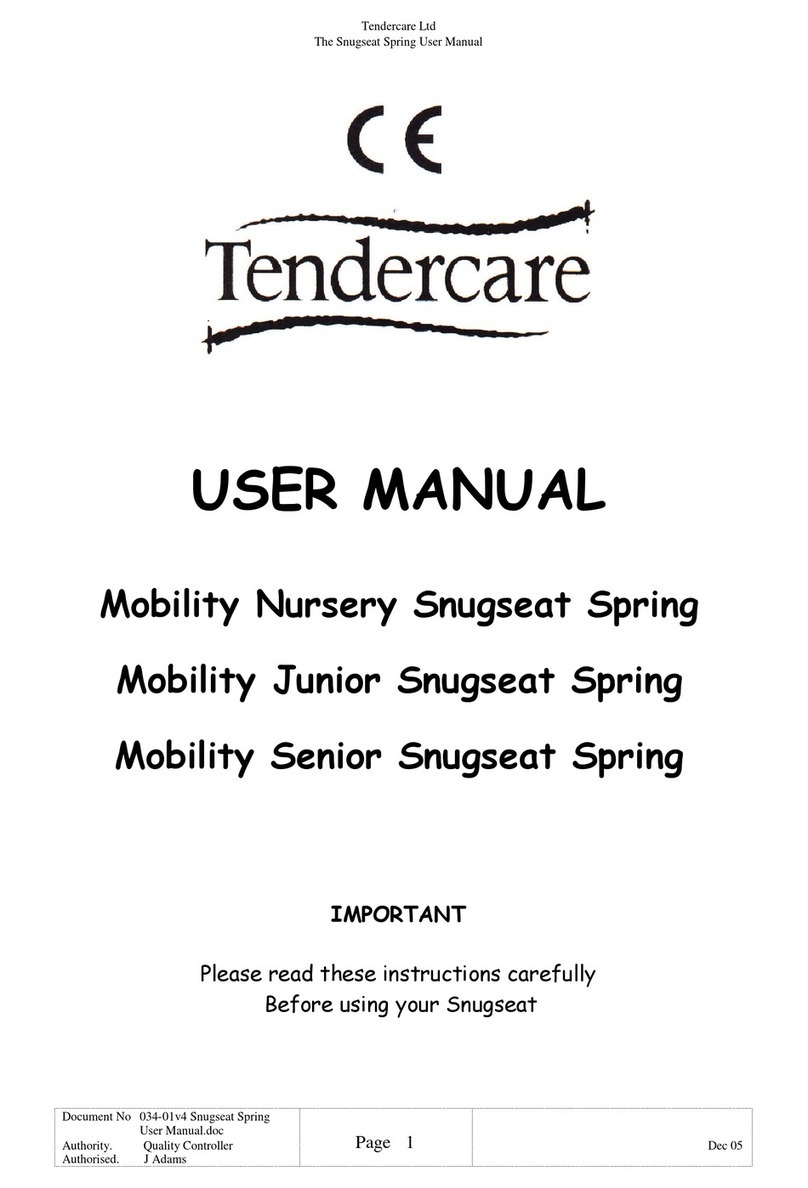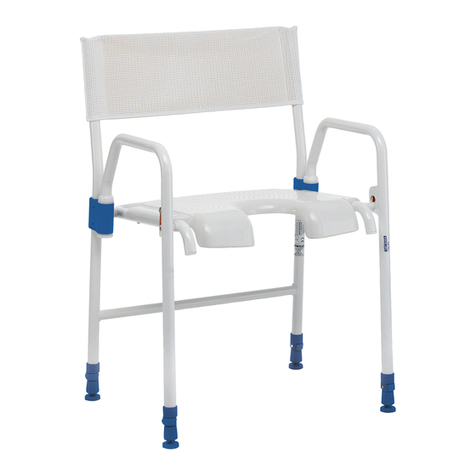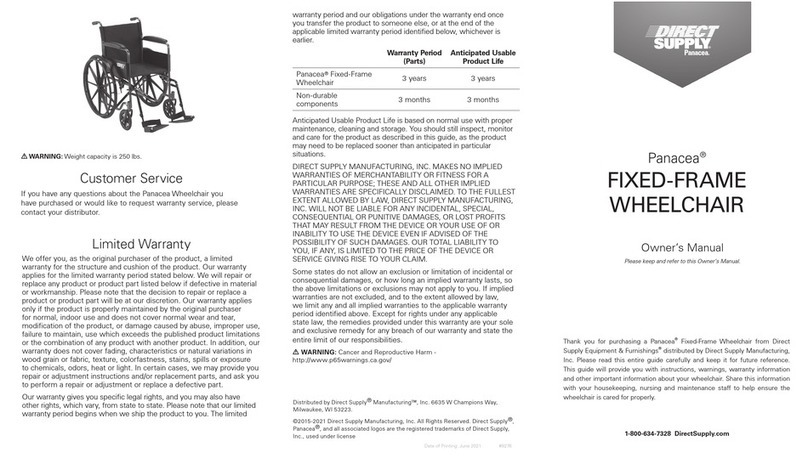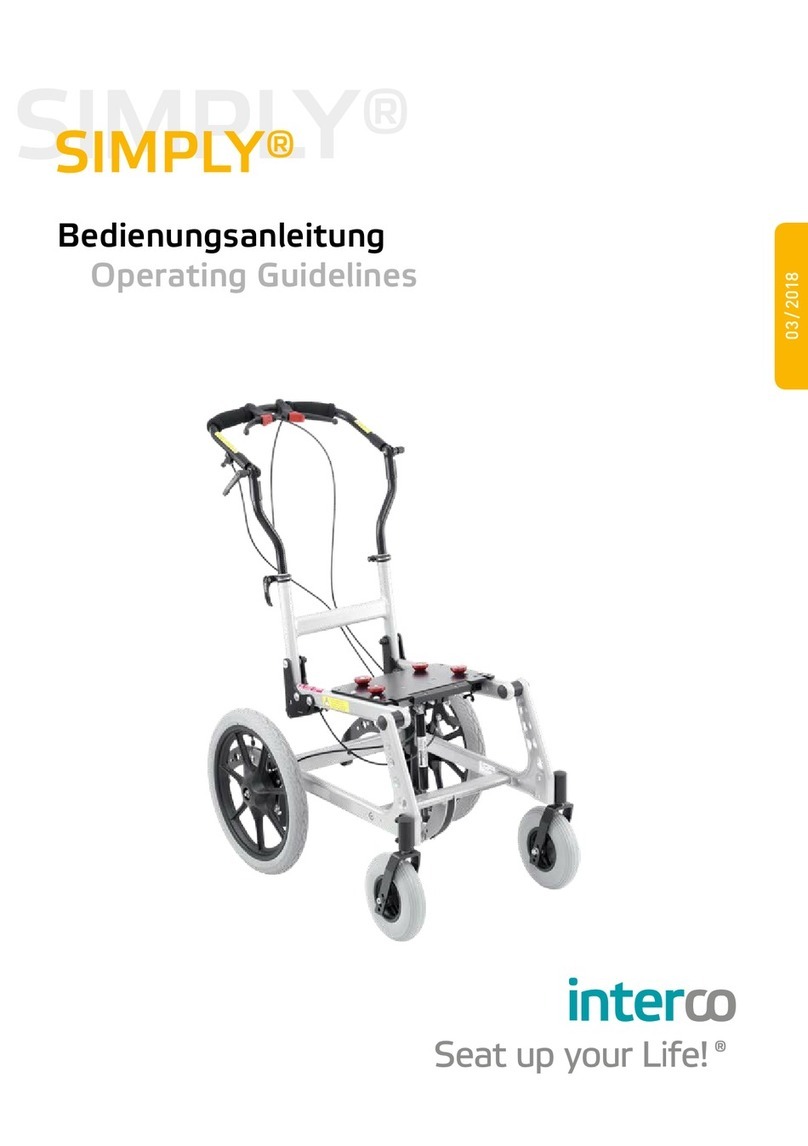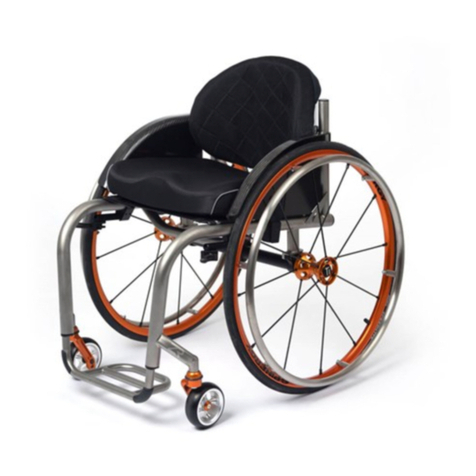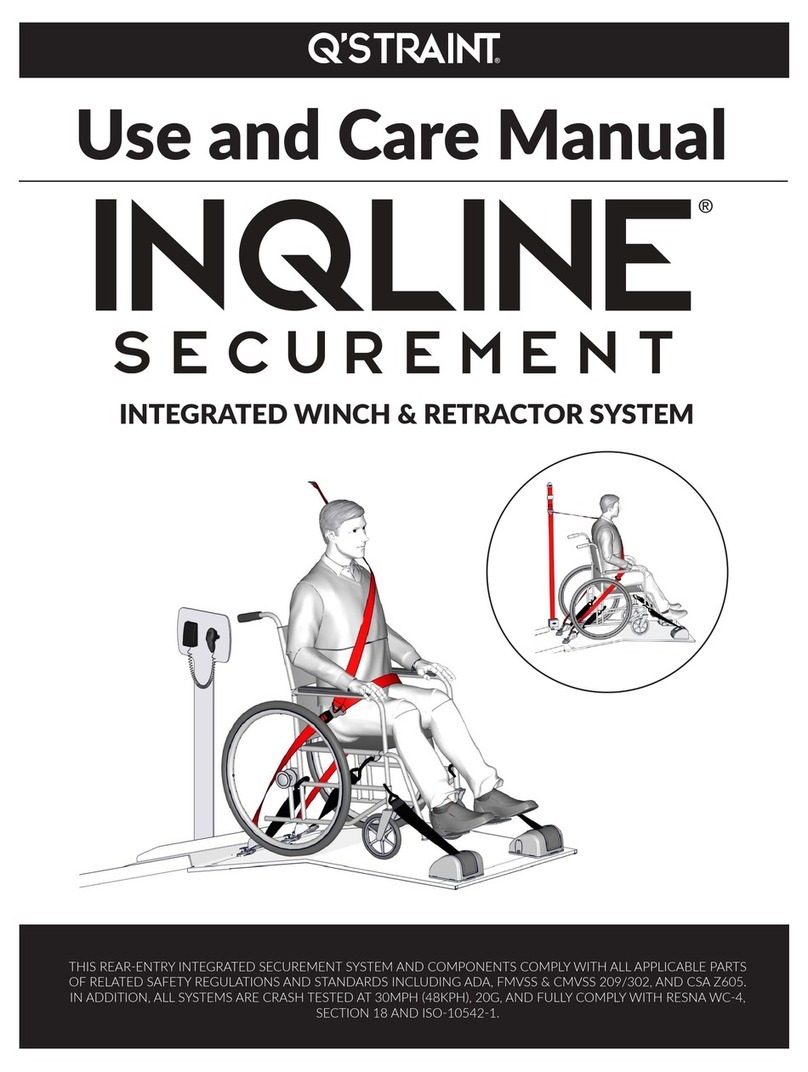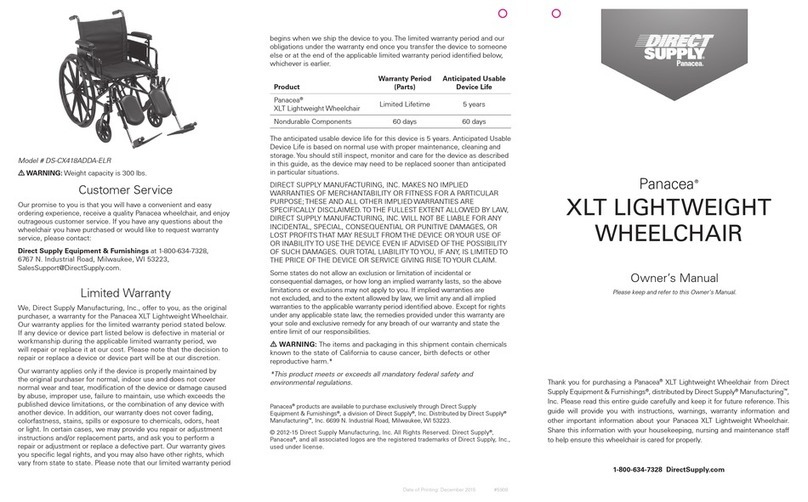Tendercare Snappi Instruction manual




















Other manuals for Snappi
2
This manual suits for next models
1
Table of contents
Other Tendercare Wheelchair manuals
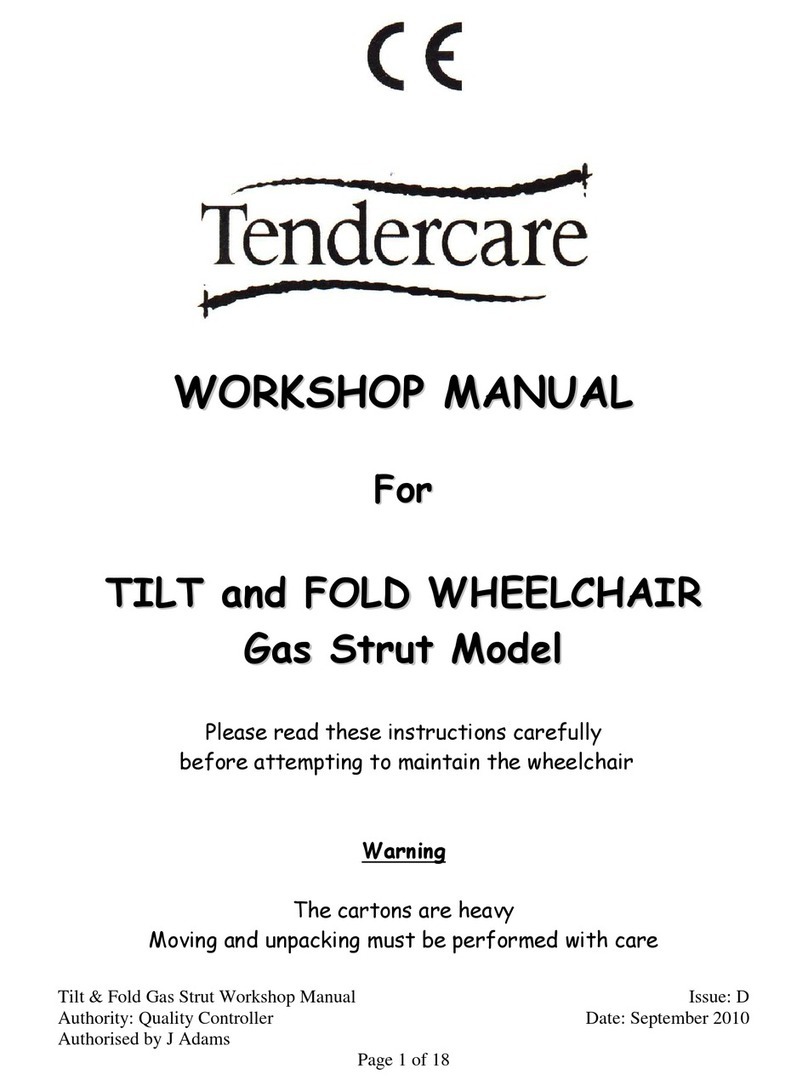
Tendercare
Tendercare GAS STRUT TILT and FOLD Wheelchair Instruction manual
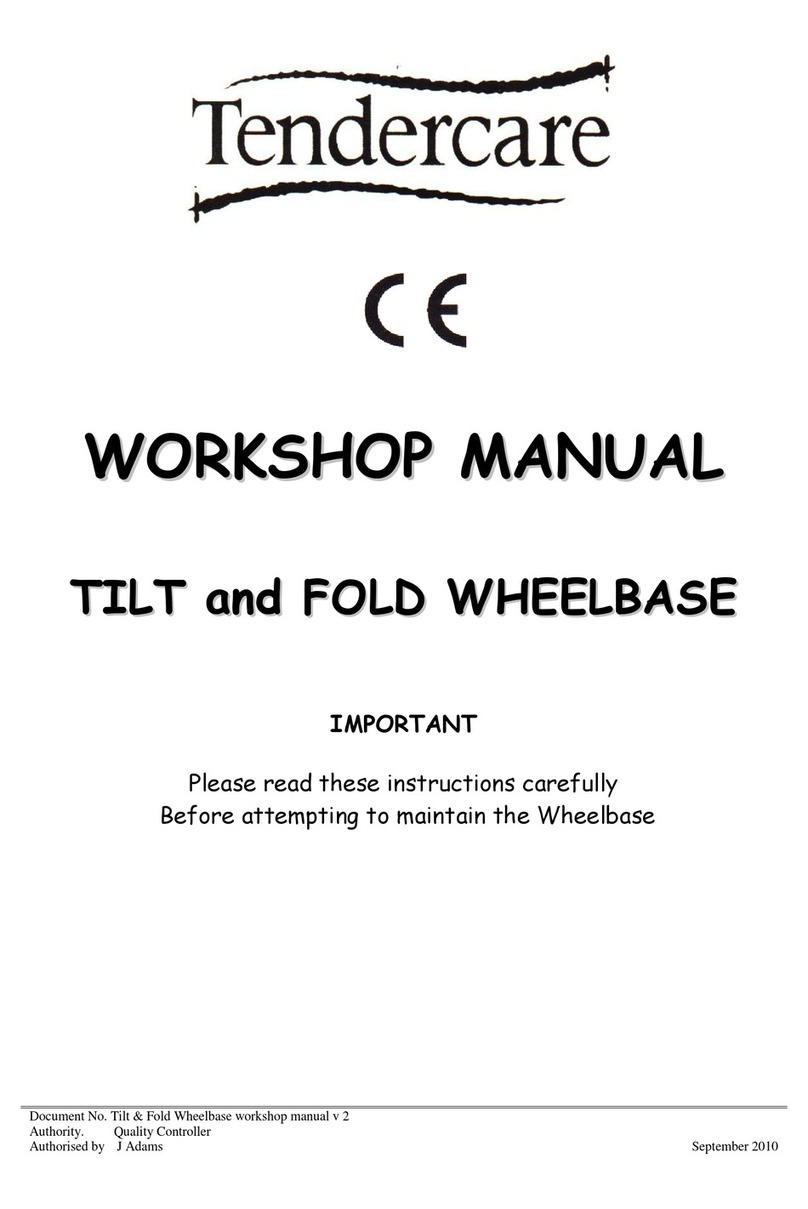
Tendercare
Tendercare TILT and FOLD Instruction manual

Tendercare
Tendercare Extra Small Fold-a-Way Spring User manual

Tendercare
Tendercare Gas Strut Model v4 User manual

Tendercare
Tendercare Mini Tilt Wheelchair Instruction manual
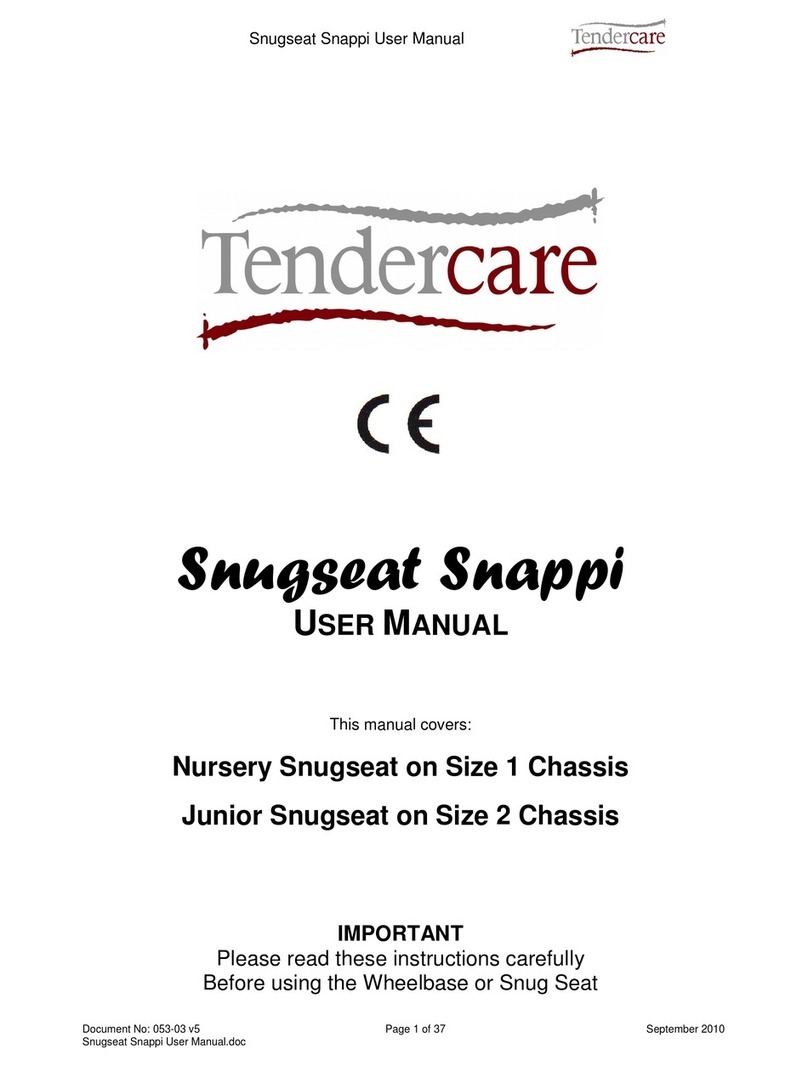
Tendercare
Tendercare Snugseat Snappi User manual
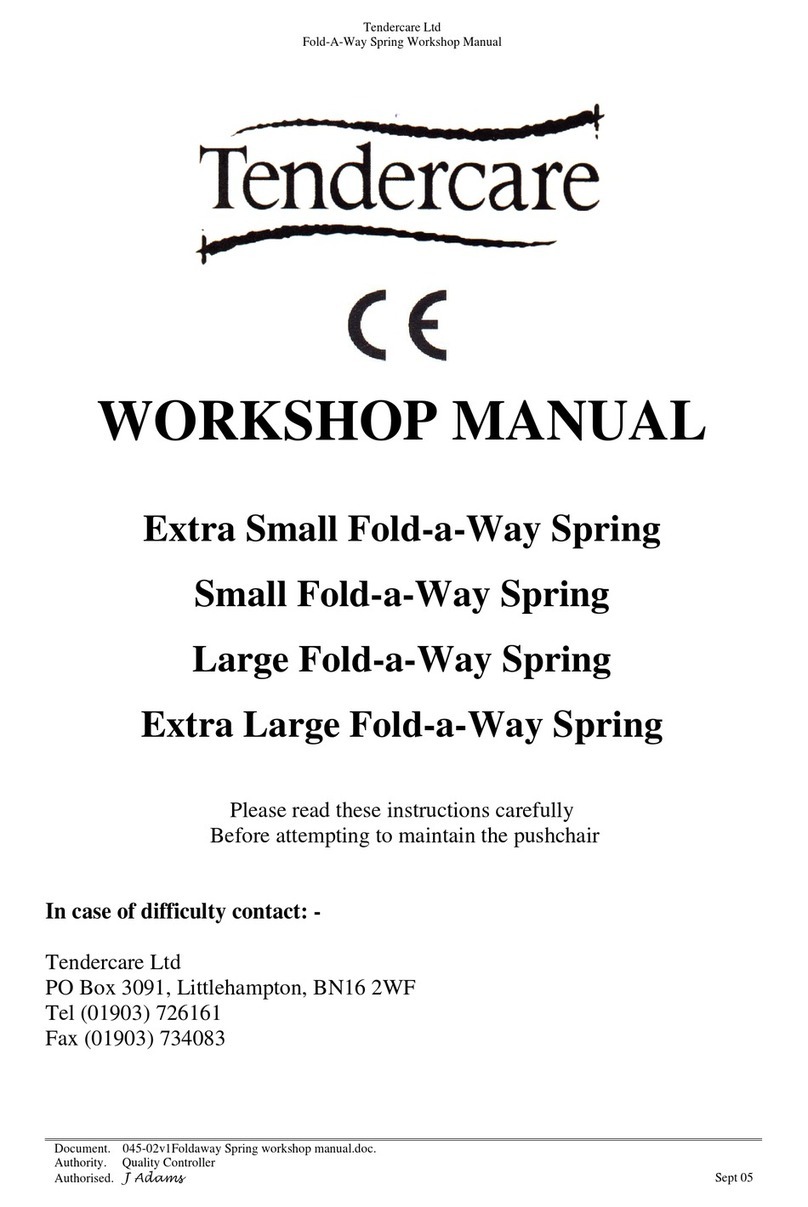
Tendercare
Tendercare Extra Small Fold-a-Way Spring Instruction manual

Tendercare
Tendercare MINI TILT Instruction manual
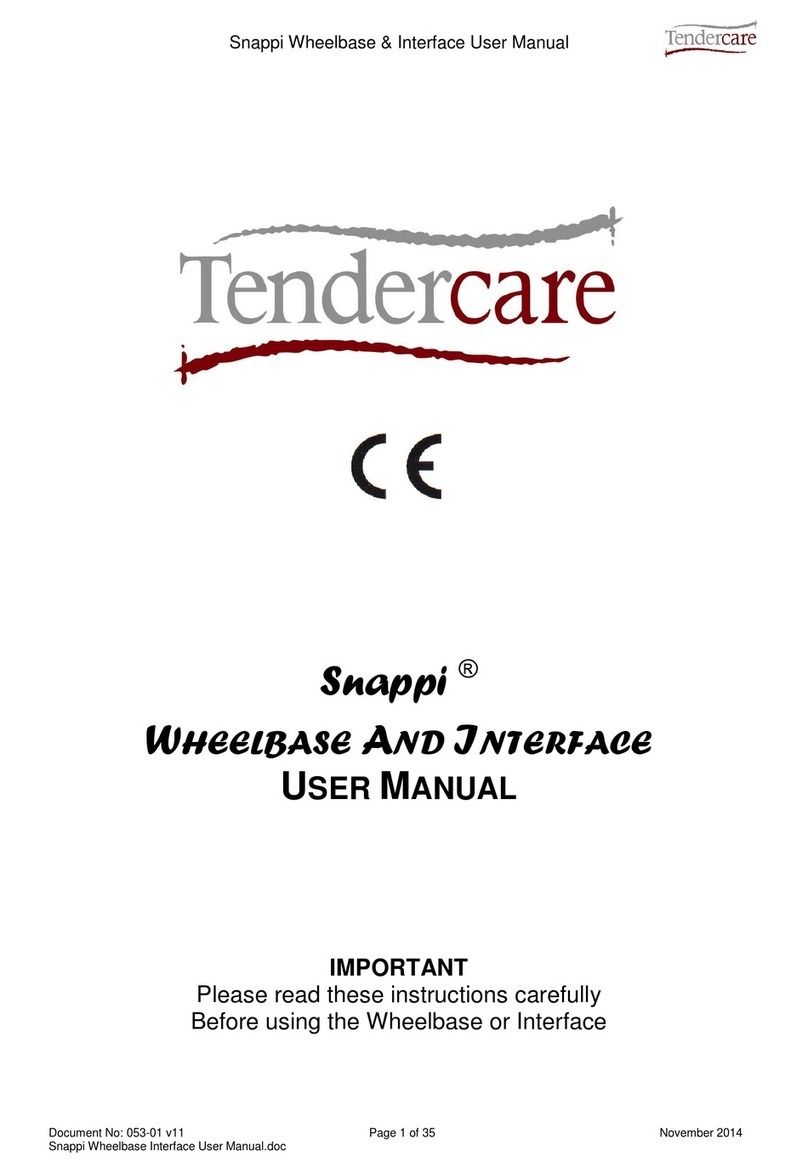
Tendercare
Tendercare Snappi User manual

Tendercare
Tendercare New Aluminium Mini Tilt Wheelchair User manual
Popular Wheelchair manuals by other brands
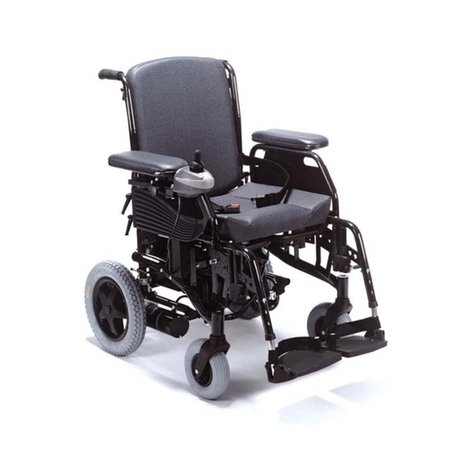
Vermeiren
Vermeiren RAPIDO instruction manual
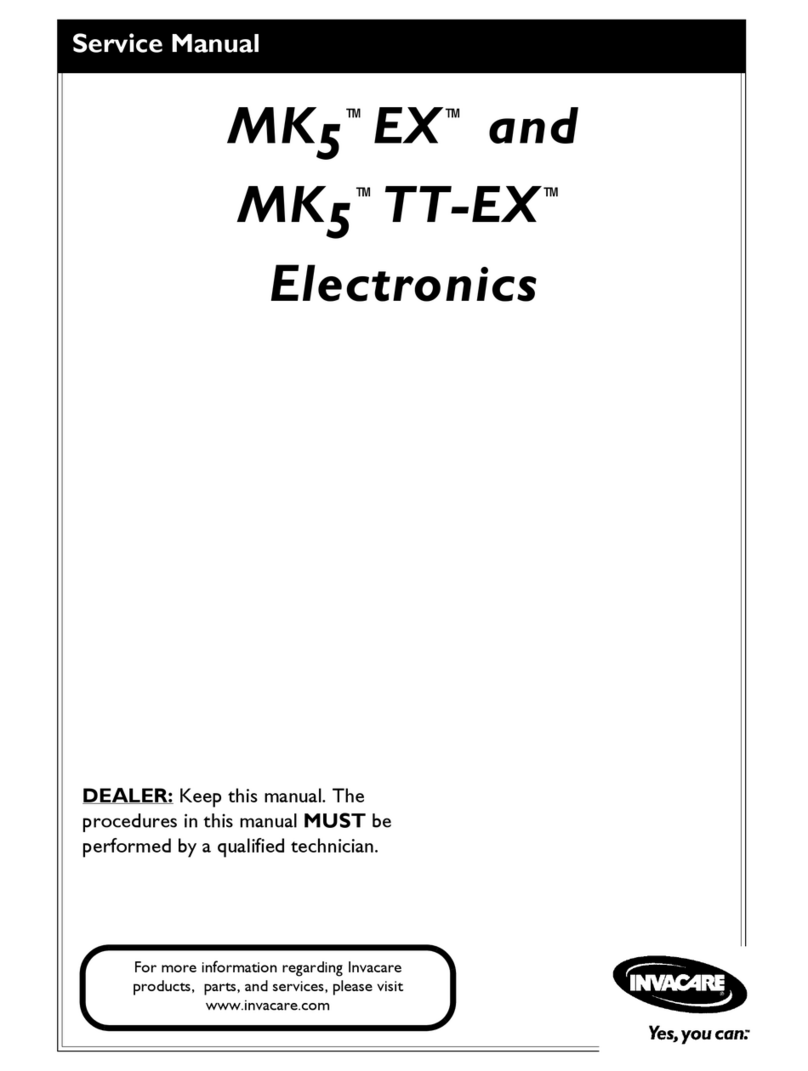
Invacare
Invacare MK5 EX Service manual
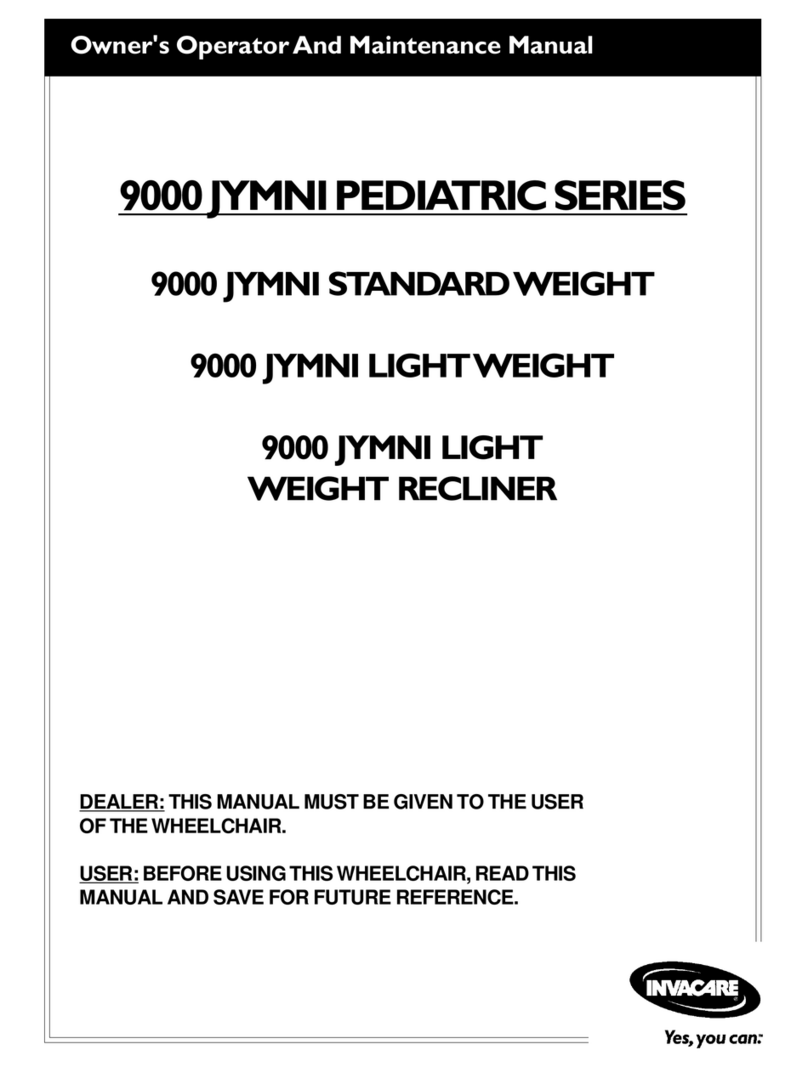
Invacare
Invacare 9000 jymni Series Owner's operator and maintenance manual

Cobi Rehab
Cobi Rehab H2O user manual
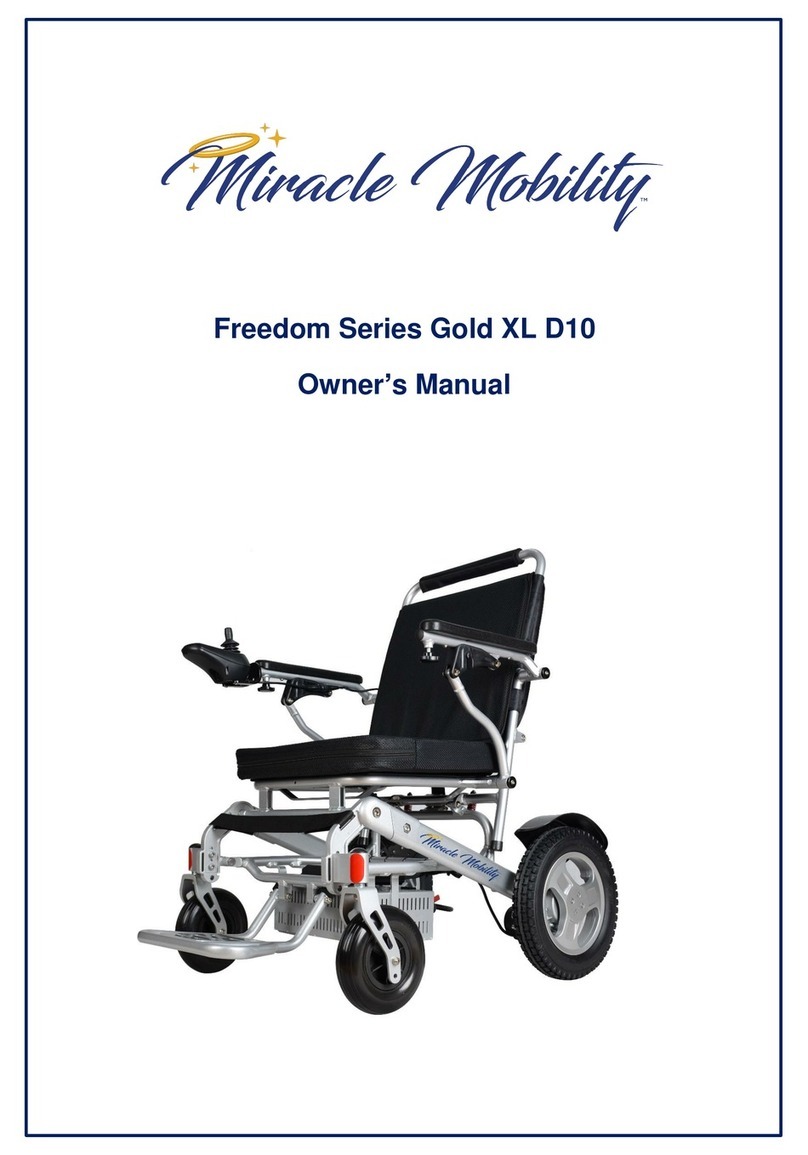
Miracle Mobility
Miracle Mobility Freedom Series owner's manual

Otto Bock
Otto Bock Discovery Instructions for use

